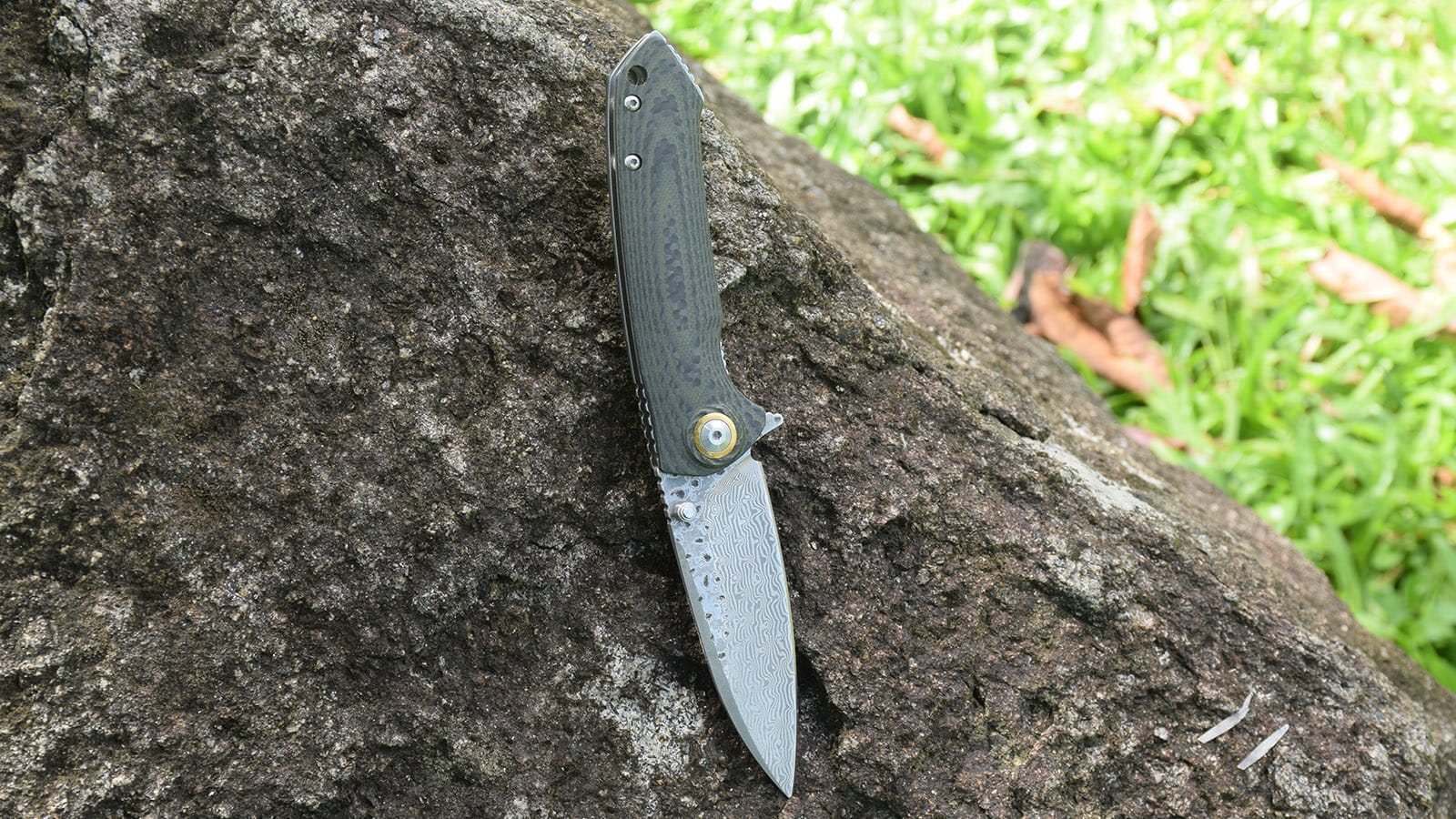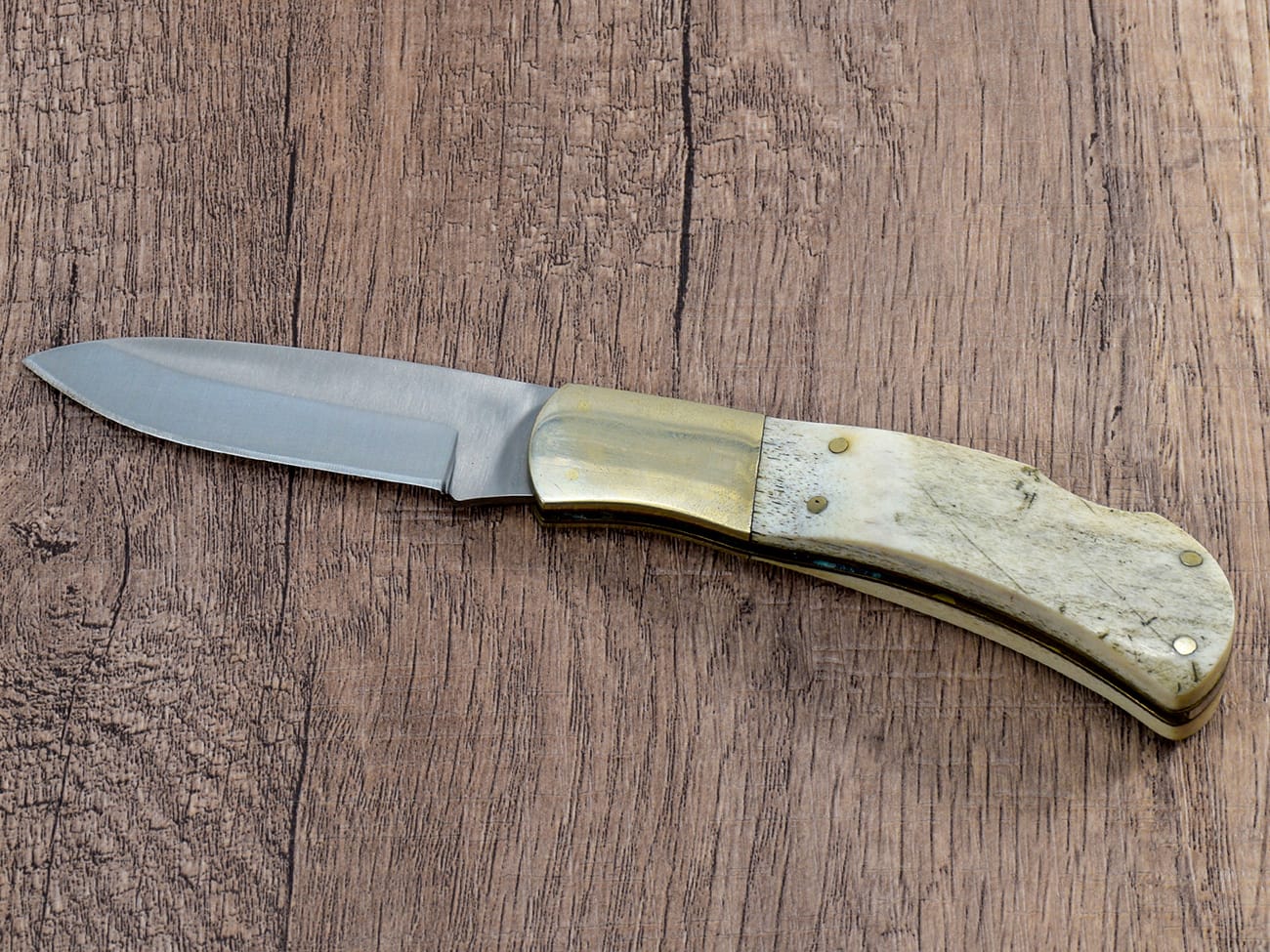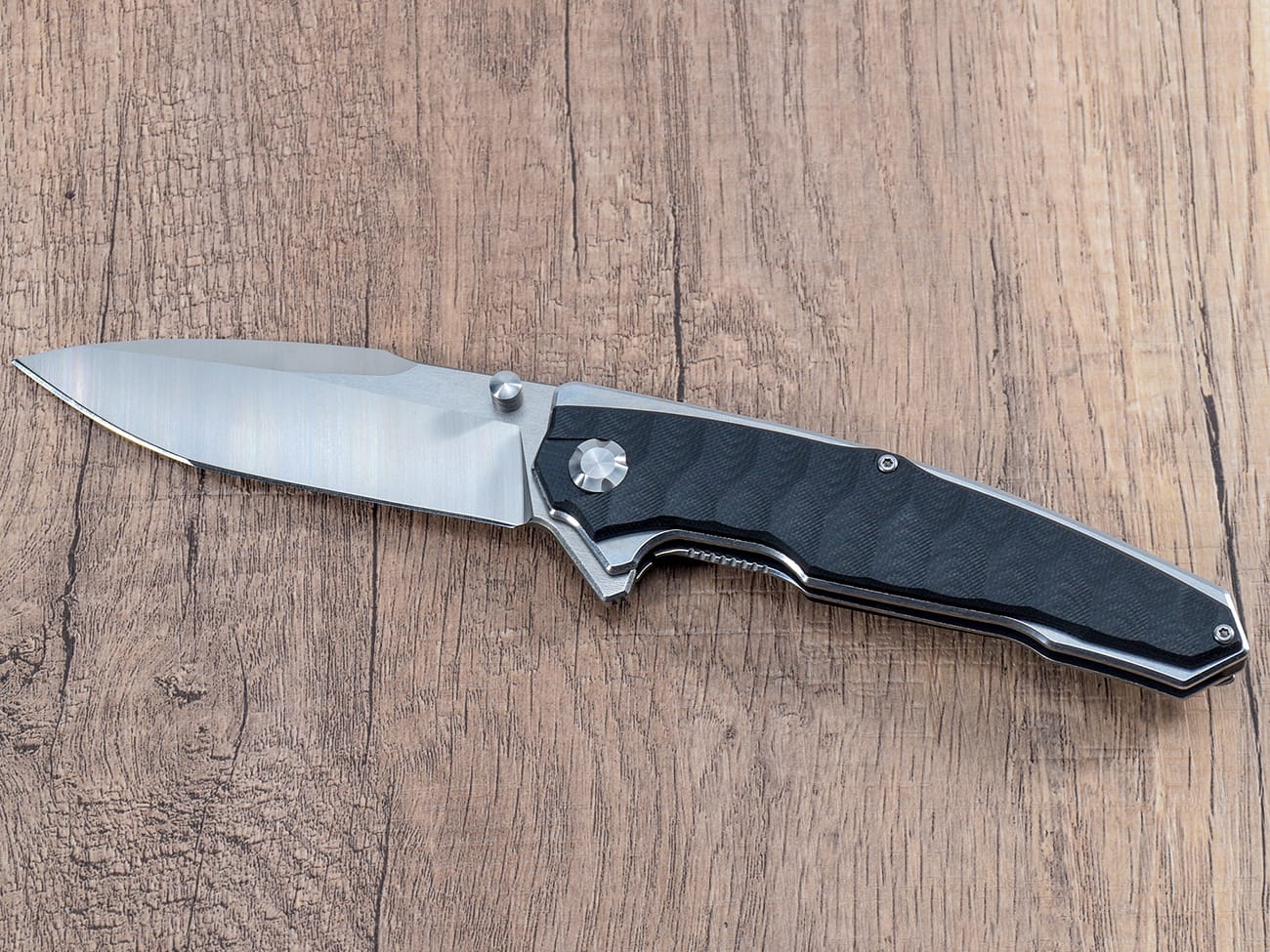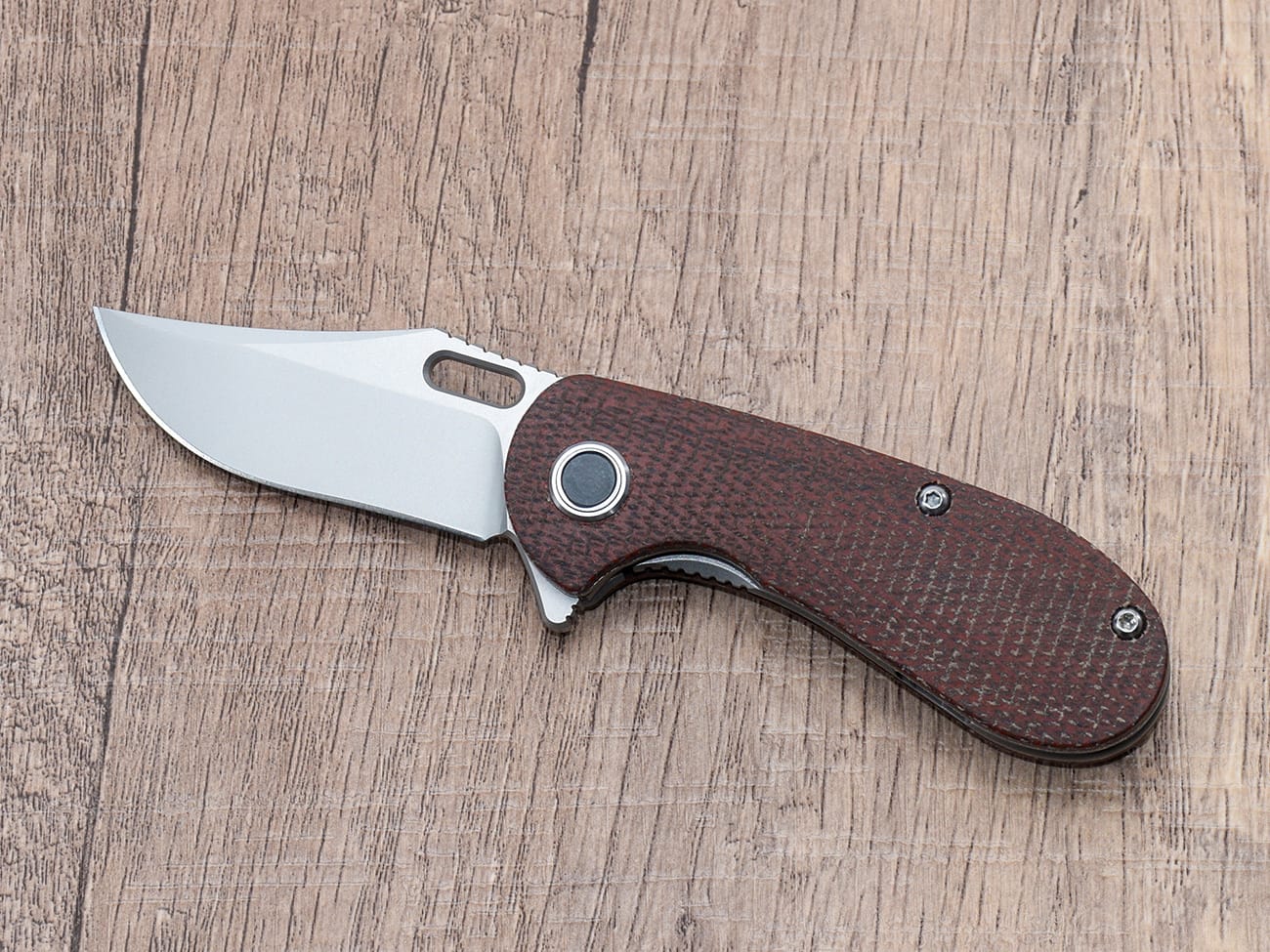Damascus steel knives are renowned for their stunning patterns and exceptional sharpness. However, even the finest blades need regular maintenance to stay in top condition. This comprehensive guide will walk you through the process of sharpening your Damascus steel knife, ensuring it remains a prized tool in your kitchen or outdoor adventures. Whether you’re a seasoned chef or a knife enthusiast, mastering this skill will help you preserve the beauty and functionality of your Damascus blade for years to come.
What Makes Damascus Steel Knives Special?
Damascus steel knives are unique in their construction and appearance. These blades are forged by combining different types of steel together, creating a distinctive wavy or mottled pattern. This process not only results in a visually striking knife but also contributes to its exceptional strength and edge retention. However, the combination of hard and softer steels in Damascus blades requires special care when sharpening.
Why is Proper Sharpening Crucial for Damascus Steel Knives?
Maintaining the edge of your Damascus steel knife is essential for several reasons:
- Preserves the unique Damascus pattern
- Ensures optimal cutting performance
- Extends the life of your knife
- Maintains the blade’s structural integrity
Neglecting to sharpen your Damascus knife properly can lead to a dull edge, compromised performance, and potential damage to the blade’s intricate pattern.
How Often Should You Sharpen Your Damascus Steel Knife?
The frequency of sharpening depends on how often you use your knife and what you use it for. As a general rule:
- For regular home use: Sharpen every 2-3 months
- For professional kitchen use: Sharpen weekly or bi-weekly
- For occasional use: Sharpen every 6 months
Remember, it’s better to hone your knife regularly and sharpen less frequently than to over-sharpen, which can wear down the blade unnecessarily.
What Tools Do You Need to Sharpen a Damascus Steel Knife?
To sharpen your Damascus steel knife effectively, you’ll need the following tools:
- Whetstone (preferably a set with different grits)
- Honing steel
- Clean cloth
- Water or oil (depending on the type of whetstone)
- Optional: Leather strop for final polishing

What’s the Best Way to Prepare for Sharpening?
Before you begin sharpening your Damascus steel knife, take these preparatory steps:
- Clean the blade thoroughly
- Inspect the edge for any chips or damage
- Soak your whetstone if required (some stones need to be submerged in water for 10-15 minutes)
- Set up a stable work surface
- Ensure good lighting to see the blade edge clearly
How Do You Determine the Correct Angle for Sharpening?
The correct sharpening angle is crucial for maintaining your Damascus steel knife’s edge. Most Damascus knives have a 15-20 degree angle per side. To find the right angle:
- Hold the knife perpendicular to the stone (90 degrees)
- Tilt the blade halfway towards the stone (45 degrees)
- Tilt again halfway (22.5 degrees)
- Make a slight adjustment to reach the 15-20 degree range
Maintaining a consistent angle throughout the sharpening process is key to achieving a sharp, even edge.
What’s the Step-by-Step Process for Sharpening a Damascus Steel Knife?
Follow these steps to sharpen your Damascus steel knife:
- Start with the coarse grit side of your whetstone
- Hold the knife at the correct angle
- Apply light pressure and slide the blade across the stone, from heel to tip
- Repeat this motion 10-15 times on each side
- Switch to the finer grit side and repeat the process
- Use a honing steel to align the edge
- Optional: Strop the blade on leather for a final polish
Remember to maintain the same angle throughout the process and use smooth, consistent strokes.
How Can You Avoid Damaging the Damascus Pattern While Sharpening?
To preserve the beautiful Damascus pattern while sharpening:
- Use light to moderate pressure
- Avoid aggressive grinding
- Sharpen in the direction of the pattern, not against it
- Use finer grits for most of the sharpening process
- Clean the blade frequently during sharpening to remove metal particles
What Are Some Common Mistakes to Avoid When Sharpening Damascus Steel?
Be aware of these common pitfalls:
- Using too much pressure
- Inconsistent angle during sharpening
- Over-sharpening
- Using inappropriate sharpening tools
- Neglecting to clean the blade between grits
- Forgetting to hone the blade after sharpening
How Do You Know When Your Damascus Steel Knife is Sharp Enough?
There are several ways to test the sharpness of your Damascus steel knife:
- The paper test: The knife should cleanly slice through a sheet of paper
- The tomato test: The knife should easily cut through a tomato’s skin without pressure
- The arm hair test: The knife should be able to shave arm hair (be extremely careful!)
If your knife passes these tests, it’s likely sharp enough for most tasks.
How Can You Maintain Your Damascus Steel Knife Between Sharpenings?
To keep your Damascus steel knife in top condition between sharpenings:
- Use a honing steel regularly (before or after each use)
- Store the knife properly in a knife block or magnetic strip
- Hand wash and dry immediately after use
- Use appropriate cutting surfaces (avoid glass or marble)
- Apply food-grade mineral oil occasionally to prevent rust
By following these maintenance tips, you’ll extend the time between necessary sharpenings and preserve your knife’s edge and pattern.In conclusion, sharpening a Damascus steel knife requires patience, practice, and the right technique. By following this guide, you’ll be able to maintain your knife’s razor-sharp edge and preserve its stunning Damascus pattern. Remember, a well-maintained Damascus steel knife is not just a tool, but a work of art that can last a lifetime.Key points to remember:
- Use the correct angle (15-20 degrees) when sharpening
- Start with coarser grits and progress to finer ones
- Maintain consistent pressure and angle throughout the process
- Hone regularly and strop for a final polish
- Clean and store your knife properly between uses
- Practice and patience are essential for mastering the art of knife sharpening




